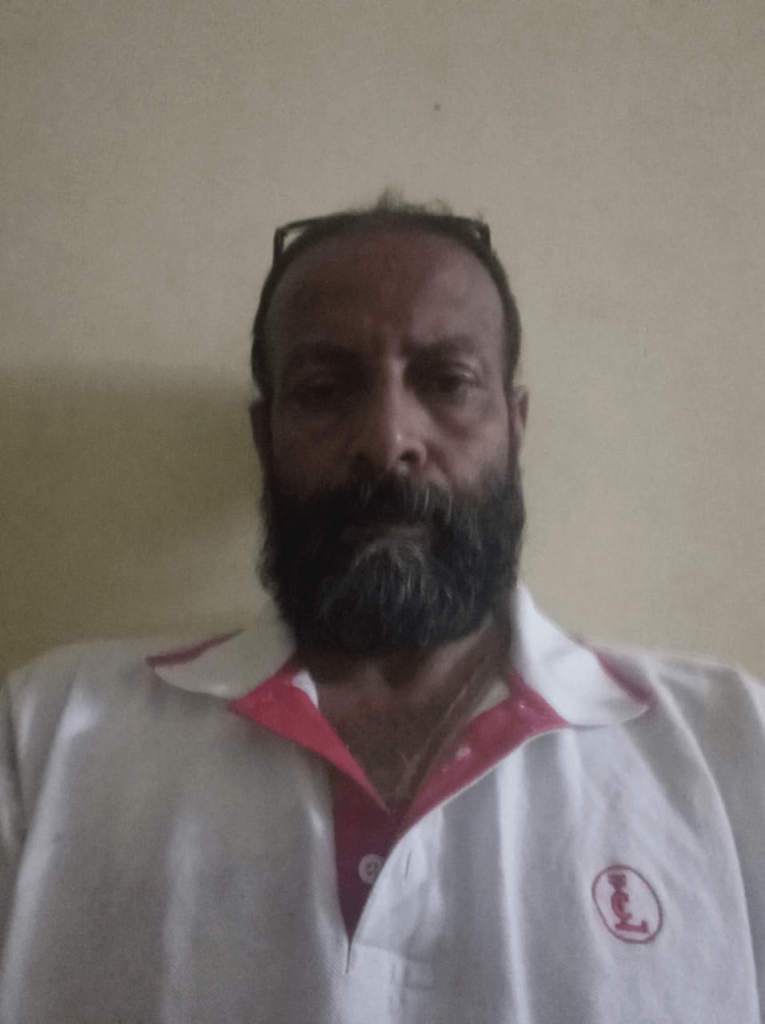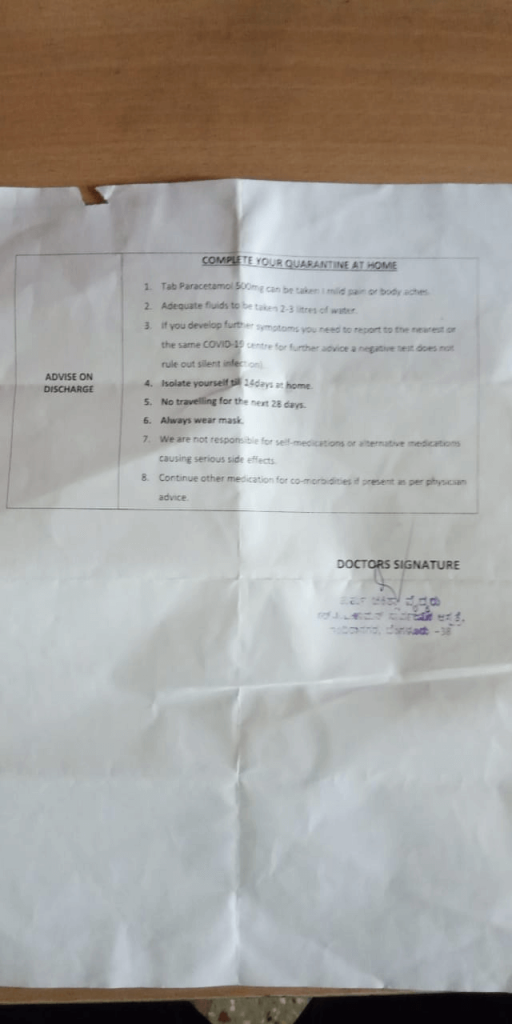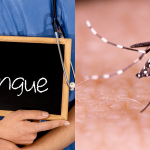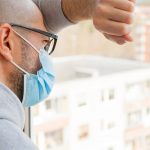By Ritika Srivatsan
What does it mean to be COVID-19 positive? Ananda Theertha learned it the hard way. The 54-year-old resident of Rajarajeshwari Nagar in north Bengaluru suffered some turbulent times when a medical emergency unrelated to COVID resulted in his father-in-law being hospitalised on two occasions.
When his father-in-law was discharged after his second tenure at the hospital, Theertha, his wife and sister-in-law developed COVID-19 symptoms, such as sore throat, fever and body ache. While they self-medicated and felt better, Theertha’s father-in-law developed breathing problems. He underwent two COVID-19 tests. While the rapid test was negative, the swab test showed him to be infected with the coronavirus. He was hospitalised for the third time, but this time, he passed away on 1st July.
Theertha and his family were immediately tested and declared COVID-19 positive on 3rd July. An ambulance organised by the Bruhat Bengaluru Mahanagara Palike (BBMP) drove him to Sir CV Raman General hospital where he was admitted in the general ward for eight days.
How harsh is COVID-19?
Theertha faced minor symptoms initially, but they went away quickly. Ever since the swab test, he was asymptomatic. Despite this issue, he led a healthy lifestyle by eating food rich in nutrients, exercising regularly and drinking natural, medicinal beverages along with the medicines prescribed by the doctors.
The moment he received the test results, BBMP called him multiple times, gave him a list of items to pack, and sent an ambulance to pick him up. By then, he was ready with all the necessities, such as clothes, a kettle, toilet kit, electronic devices, medications, and dry food.
Government hospital exceeds expectations
The male general ward had 20 beds, three toilets and one bathroom. According to Theertha, though the hospital was understaffed, they did an incredible job tending to patients and keeping the ward tidy. The bathrooms were scrubbed clean thrice a day with an enormous amount of bleach, and dustbins were emptied religiously after every meal. Each bed had electrical units and patients were allowed to carry their kettles, and prepare hot beverages. Theertha took advantage of this as he frequently prepared and drank Kashaya, a medicinal beverage of spices and milk.
For exercise, the patients could walk in the corridor of their ward whenever they pleased. The doctors checked on the patients every day, and before them, the nurses would check the temperature and oxygen levels. This routine was repeated three times a day.
While Theertha agrees that there are certainly minor issues with government hospitals, on the whole, he felt that the major problem lies with the people and media.
People to blame?
In the general ward, Theertha saw his co-patients behaving badly, and risking everyone. They would cough and sneeze without covering their mouths. Some would even order food from outside, and a few celebrated their birthdays in the ward. Delivery boys would drop off food near the door, and the patients would pick up their food after they left.
Here is where the government staff failed in their job by allowing such activities. However, it is also true that the hospital was highly understaffed, and the doctors and nurses were overstretched. They spent their entire day completely covered in a PPE suit. By the end of their long shift, they would be drenched in sweat.
Theertha believes that the primary reason for COVID-19 to be so rampant is because of people’s ignorance, especially once an individual is tested positive or falls sick. “The responsibility has to be collective as it is a highly contagious disease,” he says.
Is the media being unjust?
Theertha is livid with the media. “Why aren’t there more stories that highlight the good?”, he asks. “COVID-19 is not as bad as it’s made out to be. The greater problem is with what the media feeds individuals. It doesn’t mean the disease does not matter, but as long as every individual consciously takes precautions for themselves and others, this situation can be controlled.”
Medicines prescribed
All patients at Sir CV Raman General Hospital were prescribed five medicines which were to be taken for different durations. This consisted of:
Amivir, an anti-viral medicine.
Azithromycin, an antibiotic.
Limcee, a vitamin C supplement.
Hydroxychloroquine, commonly used to treat malaria.
Zinc supplements.
Since there is no vaccine to cure the infection, the best medications are the ones which build immunity to successfully fight the virus.
Lessons learnt
Theertha advises individuals to not panic. “Most individuals who passed away due to COVID-19 had ailments prior to contracting the virus, as in the case of my father-in-law,” he says. “However, the government doesn’t disclose information about this. If they do, people might think differently about the situation.”
During the eight-days in the hospital, Theertha realised the importance of close-knit bonds and how often they are taken for granted. “Thanks to technology, it wasn’t as tough as it may have been earlier,” he says.
And finally…
After the near month-long ordeal that began with his father-in-law, Theertha and his family are now discharged, and have also successfully completed 14 days of home quarantine. He urges citizens to do their part and actively take all the necessary precautions instead of behaving recklessly.





